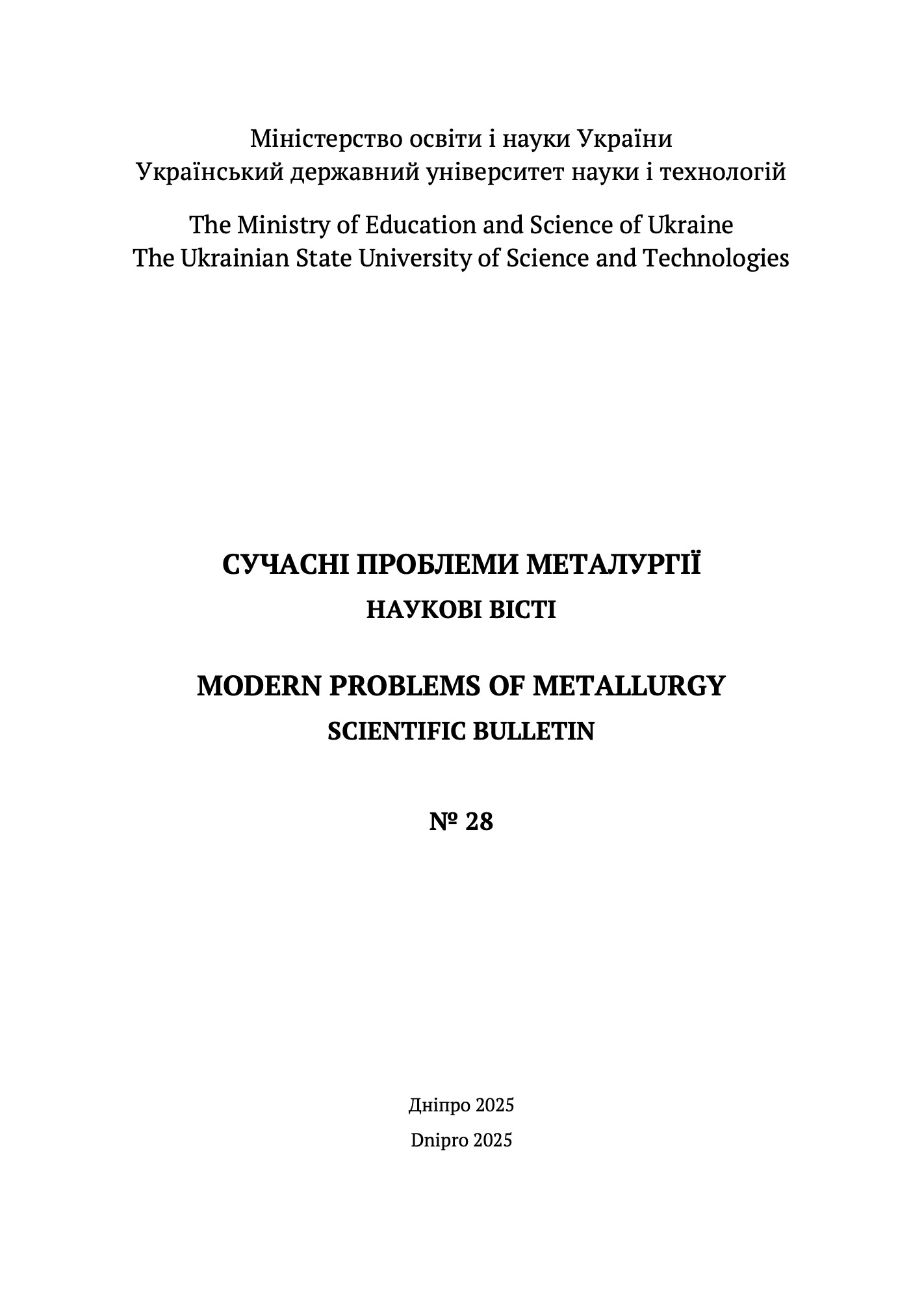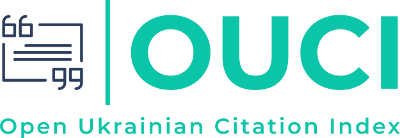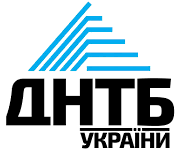STUDY OF THE FEATURES OF KEY HOLE DEFECT FORMATION DEPENDING ON THE TECHNOLOGICAL PARAMETERS OF MANUFACTURING USING LPBF TECHNOLOGY
DOI:
https://doi.org/10.34185/1991-7848.2025.01.02Keywords:
additive manufacturing, porosity, key hole defect, melting mode, melt pool.Abstract
In the LPBF process, the part is formed by local melting of the powder by a laser, which creates a melt pool. Its stability determines the surface quality. One of the critical defects in the LPBF process is porosity, as it worsens the fatigue strength and reliability of structures. The work investigated the effect of laser melting parameters of the 316L powder material on the morphology of the molten pool and the formation of porosity, in particular, defects of the “Key Hole” type. The material for the research was experimental samples made of austenitic stainless steel 316L with a chemical composition in wt%: Cr=17.79; Ni=12.63; Mo=2.35; Mn=0.78; Si=0.64; С=0.016, with a particle size: 45±15 μm. Experimental studies were performed on a single-mode fiber ytterbium laser with a Flet-top energy profile, which is characterized by a uniform energy distribution across the laser beam cross-section. The process parameters included variable laser power (80–270 W), scanning speed (200–1050 mm/s), and laser beam diameter (75–175 μm). 808 tracks were analyzed, of which 46 cases recorded porosity of this type. It was established that it does not occur at scanning speeds above 600 mm/s, and an increase in energy density contributes to its formation. It was established that the decrease in the number of defects with increasing laser power is associated with improved melt fluidity and its ability to more effectively absorb radiation energy. Under such conditions, gas inclusions have time to reach the surface by the time the “Key Hole” closes, which reduces the likelihood of porosity formation. Experimental studies have shown that the threshold value is close to 0.8, but it is not fixed and depends on other parameters of the scanning process, such as laser power, beam speed, and physicochemical properties of the material.
References
Miner, J., Ngo, A., Gobert, C., Reddy, T., Lewandowski, J., Rollett, A., Beuth, J., & Narra, S. (2024). Impact of melt pool geometry variability on lack-of-fusion porosity and fatigue life in Powder Bed Fusion - Laser Beam Ti-6Al-4V. Additive Manufacturing, 95, 104506. DOI: https://doi.org/10.1016/j.addma.2024.104506
Gordon, J., Narra, S., Cunningham, R., Liu, H., Chen, H., Suter, R., Beuth, J., Rollett, A. (2020). Defect structure process maps for laser powder bed fusion additive manufacturing. Additive Manufacturing, 36, 101552. DOI: https://doi.org/10.1016/j.addma.2020.101552
Wang, J.-C., Zhu, R., Liu, Y.-J., & Zhang, L.-C. (2023). Understanding melt pool characteristics in laser powder bed fusion: An overview of single and multi-track melt pools for process optimization. Advanced Powder Materials, 2, 100137. DOI: https://doi.org/10.1016/j.apmate.2023.100137
Yang, A., Zhao, Z., & Zhang, X. (2025). A bidirectional prediction framework for melt pool size and process parameters in LPBF. Engineering Research Express, 7, 015549. DOI: https://doi.org/10.1088/2631-8695/adb0a2
Wang, T., Wang, Y., Chen, C., & Zhu, H. (2021). Relationships between the characteristics of porosity, melt pool and process parameters in laser powder bed fusion Al-Zn alloy. Journal of Manufacturing Processes, 68, 1236-1244. DOI: https://doi.org/10.1016/j.jmapro.2021.06.027
Naderi, M., Weaver, J., Deisenroth, D., Iyyer, N., & McCauley, R. (2023). On the fidelity of the scaling laws for melt pool depth analysis during laser powder bed fusion. Integrating Materials and Manufacturing Innovation, 12, P. 11-26. DOI: https://doi.org/10.1007/s40192-022-00289-w
Metelkova, J., Kinds, Y., Kempen, K., de Formanoir, C., Witvrouw, A., & Hooreweder, B. (2018). On the influence of laser defocusing in Selective Laser Melting of 316L. Additive Manufacturing, 23, 161-169. DOI: https://doi.org/10.1016/j.addma.2018.08.006
Bergmüller, S., Gerhold, L., Fuchs, L., Kaserer, L., & Leichtfried, G. (2023). Systematic approach to process parameter optimization for laser powder bed fusion of low-alloy steel based on melting modes. The International Journal of Advanced Manufacturing Technology, 126, 4385-4398. DOI: https://doi.org/10.1007/s00170-023-11377-2
Cunningham, R., Parab, N., Kantzos, C., Pauza, J., Fezzaa, K., Sun, T., & Rollett, A. (2019). Keyhole threshold and morphology in laser melting revealed by ultrahigh-speed x-ray imaging. Science, 363, 849-852. DOI: https://doi.org/10.1126/science.aav4687
Agrawal, A., Rankouhi, B., & Thoma, D. (2022). Predictive process mapping for laser powder bed fusion: A review of existing analytical solutions. Current Opinion in Solid State and Materials Science, 26, 101024. DOI: https://doi.org/10.1016/j.cossms.2022.101024
Johnson, G., Dolde, M., Zaugg, J., Quintana, M.J., & Collins, P. (2024). Monitoring, modeling, and statistical analysis in metal additive manufacturing: A review. Materials, 17, 5872. DOI: https://doi.org/10.3390/ma17235872
Galbusera, F., Caprio, L., Previtali, B., & Demir, A.G. (2023). The influence of novel beam shapes on melt pool shape and mechanical properties of LPBF produced Al-alloy. Journal of Manufacturing Processes, 85, 1024-1036. DOI: https://doi.org/10.1016/j.jmapro.2022.12.007
Kasperovich, G., Haubrich, J., Gussone, J., & Requena, G. (2016). Correlation between porosity and processing parameters in TiAl6V4 produced by selective laser melting. Materials & Design, 105, P. 160-170. DOI: https://doi.org/10.1016/j.matdes.2016.05.070
Downloads
Published
Issue
Section
License
Copyright (c) 2025 Modern Problems of Metallurgy

This work is licensed under a Creative Commons Attribution 4.0 International License.












